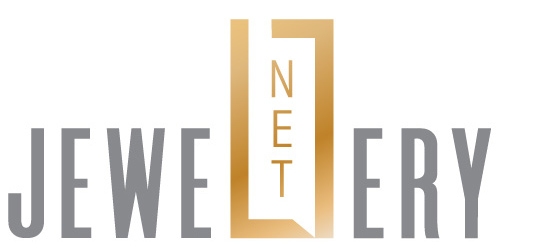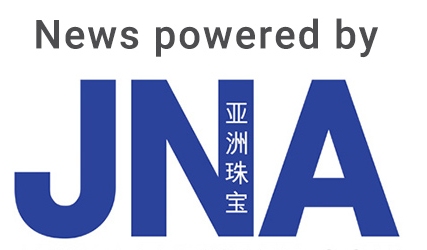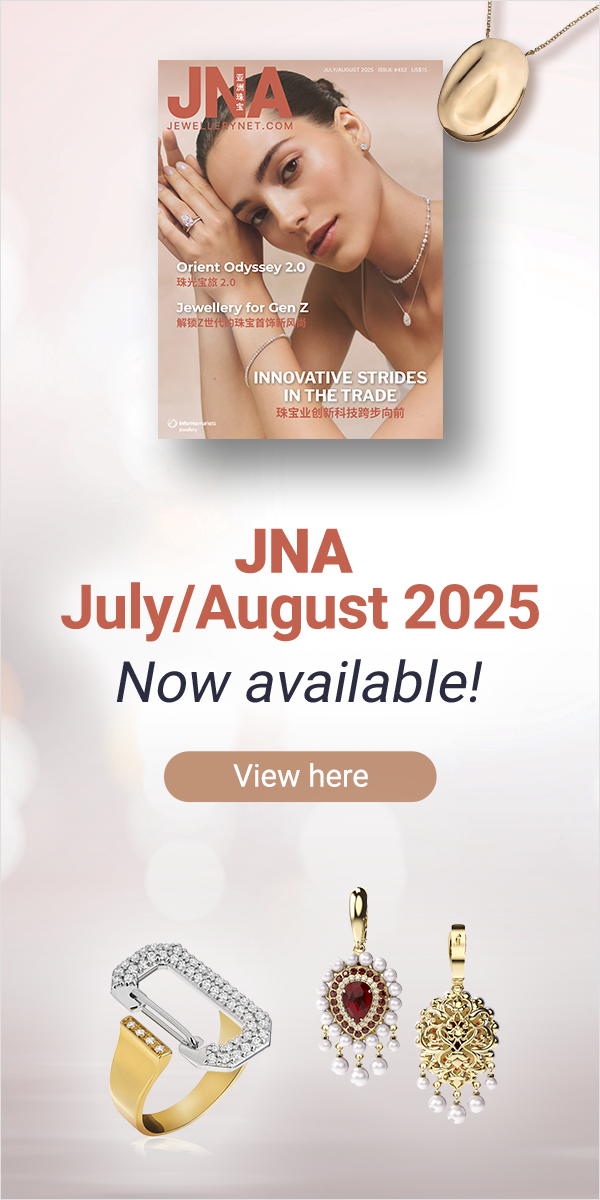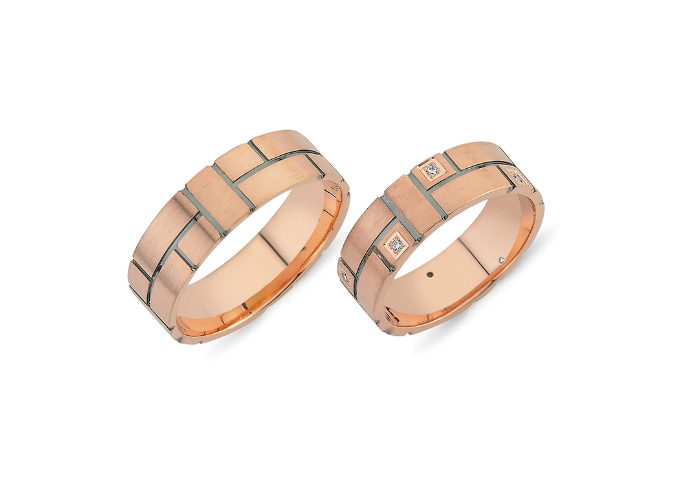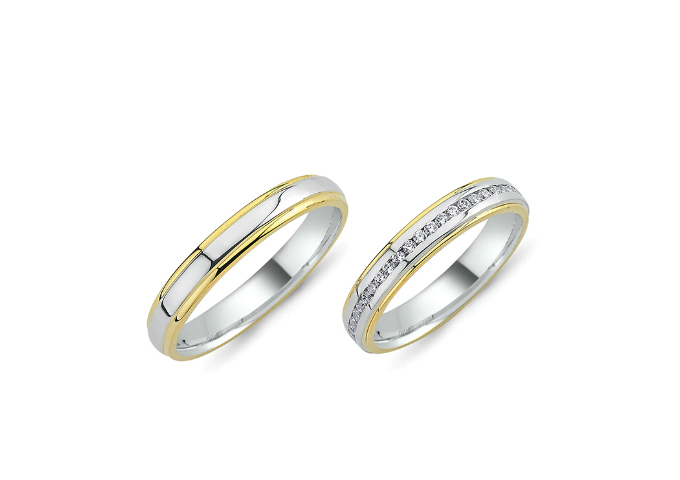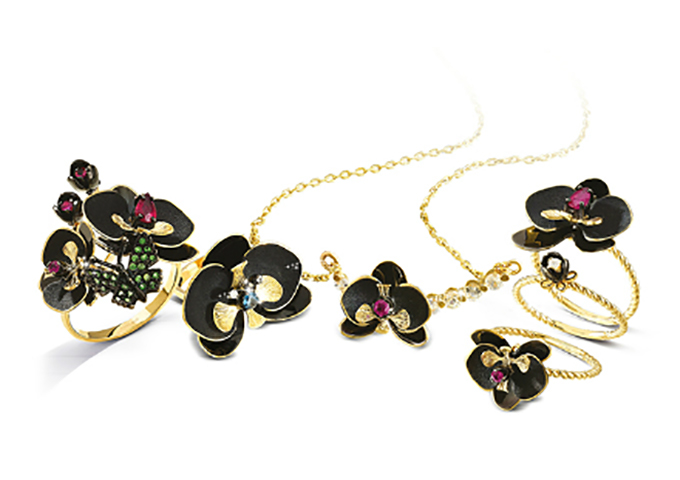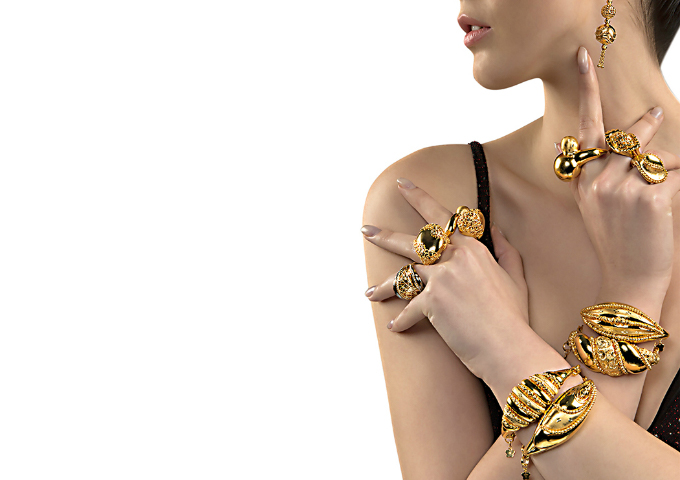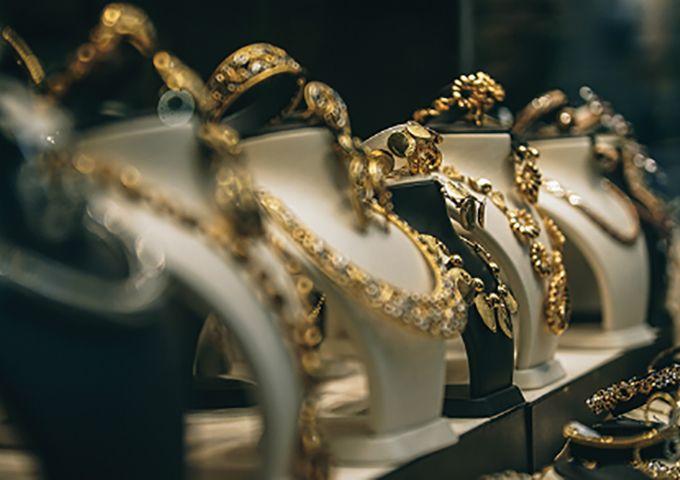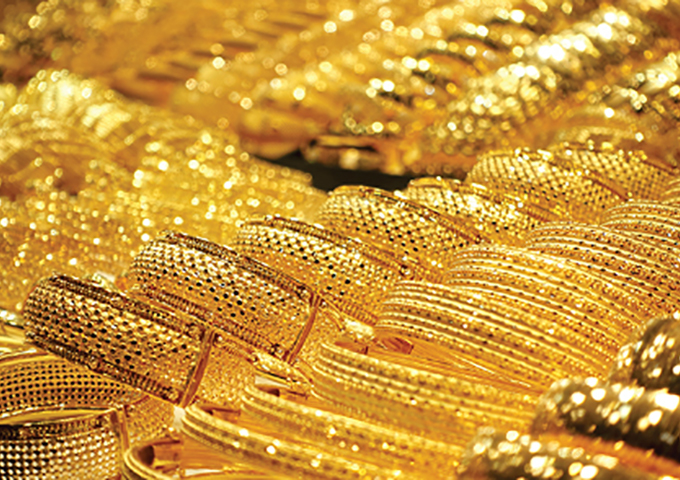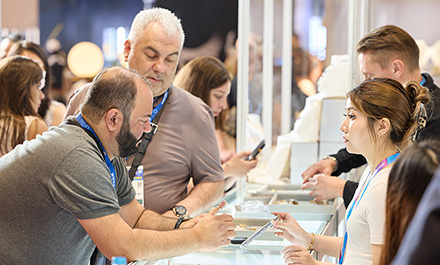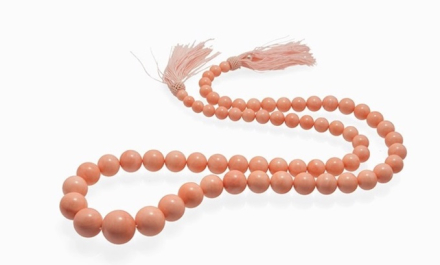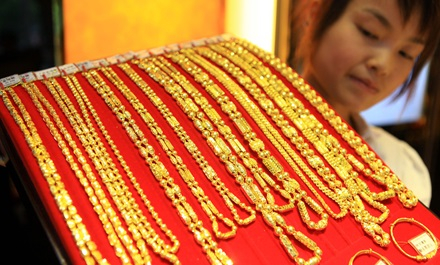Turkey’s jewellery industry is on the verge of change. Faced with unprecedented hurdles, businesses are diversifying products and expanding markets more aggressively than ever to keep their competitive edge.
Just as businesses grapple with the effects of global economic and geopolitical uncertainties, Turkey's jewellery sector is bucking the trend by looking for innovative ways to sustain growth in the industry.
Jewellery manufacturers are diversifying product offerings while the country's exporters are pushing modern reforms in the face of market-moving developments.
In May, the US – Turkey's third-largest export market – ended Turkey's preferential trade treatment that allowed some shipments to enter American soil duty free. According to the White House, it was time to terminate Turkey's eligibility to participate in the Generalized System of Preferences (GSP) programme based on its economic growth.
Turkey "is sufficiently economically developed and should no longer benefit from preferential market access to the US market," the US Trade Representative said.
Sirzat Akbulak of the Turkish Jewellery Exporters' Association (JTR) said the move will tremendously affect the Turkish jewellery sector. "We export US$300 million worth of jewellery items to the US. With the decision to terminate our tariff-free status, our exports will fall. We can lose to other exporters," he noted.
Gary Karabulut, export manager at chain manufacturer Mioro, commented, “This decision will affect us because there was no tax on chains before. We have an office in New York and the US is one of our biggest markets. About 20 percent of production goes to the US.”
The company is actively expanding its customer and product portfolios to face such challenges, he added.
Turkish jewellery exports reached US$1.65 billion in the first half of the year, almost unchanged from US$1.66 billion last year.
The country's top three export markets were: UAE (US$329.52 million, up 53.79 percent from 1H2018); UK (US$191.06 million, down 12.95 percent); and the US (US$170.7 million, up 38.65 percent).
Exports in 2018 reached US$4.41 billion.
According to Akbulak, the 800-strong JTR remains adamant in obtaining US$5 billion to US$6 billion in exports this year by chasing other market opportunities particularly in South America, Russia, Europe and the Far East.
Turkey wants to further strengthen its brand identity in the global B2B market. It excels best in 18-karat to 22-karat gold jewellery, which is a top seller in international jewellery exhibitions. Jewellery mountings and gold chains are also among its brightest stars, with local companies being hailed as experts in these areas.
It is likewise making strides in the diamond jewellery category, with local companies now exporting more than US$100 million yearly. “We have a long way to go in this arena. We are highly skilled at gold jewellery production, but diamonds are new to us. We hope to fortify this sector even more,” noted Akbulak.
Turkish companies are similarly maximising the use of social media to widen their consumer reach. JTR is launching new campaigns and reaching out to buyers through emails and other social media channels such as Instagram, Facebook and LinkedIn.
The association also aims to drum up consumer interest through events such as a jewellery design competition and networking occasions on the sidelines of major jewellery shows. Working with influencers and naming an ambassador are among other activities in the pipeline.
Evolving enterprise
Gokhan Guner, general manager of prominent jeweller Storks, said Turkey's jewellery industry has become more export-centric, with local jewellers now more willing and equipped to manufacture a wide range of products. With weak economic fundamentals, buyers are opting for “conservative” and more commercial items that move faster.
For instance, customers would comfortably shell out US$1,000 to US$1,500 per product but think twice before spending US$3,000 to US$5,000 since these items take a longer time to sell.
Guner said wholesale customers in Europe, Turkey and the Middle East share the same problem of excess inventory, which prevents them from buying thereby putting a dent on the supply chain.
“Producers should help their customers. If an item is not moving, we tell them to bring it back. Stocks should be circulated. It's not possible to sell 100 percent of the products,” remarked the company official. “These will move at some point, in another market. If the design is universal and it's less than US$1,000, it has a market in the Middle East, Turkey, Russia, or Europe.”
Storks sells 18-karat gold jewellery adorned with diamonds and other coloured gemstones. The items are certified by HRD Antwerp in Istanbul. The collections are regularly updated, particularly since buyers have become more partial to colourful pieces. Diamond baguettes remain highly sought after while a mix of coloured gemstones like emeralds, sapphires, rubies and citrine and topaz stones are still attractive.
Fahri Saygi of wedding band manufacturer Tarz Alyans also observed that lighter products like a pair of hollow, gold rings weighing about 7 to 8 grams from around 10 to 11 grams in the past, are now highly favoured.
The domestic market mostly asks for lighter rings with a heavier, fuller look while international clients still demand normal rings.
“With gold prices on the upswing, a pair of rings weighing 13 to 15 grams has become too expensive for some buyers. The wholesale price for a pair of hollow rings is around US$220 compared to US$370 for full rings,” revealed Saygi.
Buyers from Greece and Germany normally ask for 9-karat to 14-karat gold jewellery while those in Asia opt for 18-karat gold pieces. Middle Eastern and US clients go for 18-karat or 21-karat, and 14-karat or 18-karat gold jewellery items, respectively.
Asians also want rings with a width of 4mm or 5mm as opposed to US buyers who prefer wider rings of 6mm to 7mm. Greeks meanwhile request rings between 3mm and 5mm.
Mioro's Karabulut said the company also launched a fresh selection of uniquely designed hollow chains, as well as bracelets and necklaces.
Price-conscious buyers ask for chains weighing 1 gram or 2 grams, which are low-cost. “People want lighter but sophisticated-looking items,” he noted. Gold prices have gone up to more than US$1,300 per ounce this year compared to around US$1,150 in 2015.
Expertise
Golden Line is counting on the allure of its top-quality products to support growth, Atabek Sultanov, export manager of the company, said.
The company produces 8-karat to 22-karat plain gold jewellery and exports to 50 countries including the US, Europe, Middle East, Latin America and Asia Pacific. It specialises in lightweight items of 0.5 gram to heavier products of 20 grams. Its fastest-moving pieces are lightweight pendants, earrings and bracelets.
Turkish jewellers offer premium-quality products at highly competitive prices – an advantage unique to Turkey, he added. The company remains optimistic about attracting new markets from Asia, the US and Europe, amid global economic difficulties. Manufacturing around 150 to 200 new designs every month also helps the company stay on top of its game, stated Sultanov.
Sayat Haryanyan, sales and marketing director of Bag Jewelry, reiterated this sentiment, adding that Turkish companies build lasting relationships with clients by offering top-range services. They also employ modern manufacturing techniques using advanced technology.
An eclectic collection of products such as modern and trendy pieces, as well as classic items, also bodes well for jewellery producers.
The company offers 14-karat, 18-karat and 21-karat plain gold jewellery to buyers from the Middle East, the US and the Far East.
Yigit Tiryakioglu of jewellery brand Roberto Bravo also underscored the importance of offering fresh design ideas to ignite buyers' interest. The company recently unveiled its Black Orchid collection, which represents its butterfly logo. The 14-karat or 18-karat gold pieces are adorned with diamonds, fire enamel and ceramic.
Roberto Bravo's main markets are Russia, China and the US. "We position our jewellery as affordable luxury. Buyers find our products attractive and more economical. It's important to meet clients' demands especially during challenging times," noted the company official.
